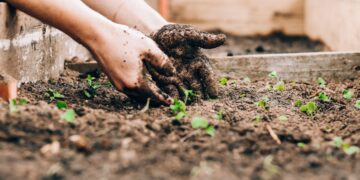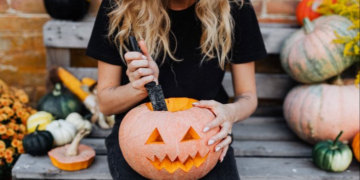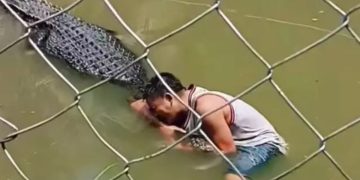We have all heard the rumor that Twinkies are so artificial that they will survive to the end of time. But few of us have ever tested that theory. So, when Colin Purrington found an 8-year-old box of Twinkies , he decided to eat them.
Purrington told NPR , “When there’s no desserts in the house, you get desperate”.
As soon as he took a bite, he knew something was wrong. The Twinkies had something growing in them.
For the record, the best before date on the box was for 45 days after packaging.
Don’t worry, Purrington did not buy these old Twinkies at a shop. Apparently he stockpiled them, and other Hostess products, in 2012 when Hostess filed for bankruptcy. He worried that he would not be able to buy their products if they closed shop.
Purrington decided that this moldy snack might appeal to scientists.
He sent the rest of the Twinkies to Matt Kasson, an associate professor at West Virginia University.
The first thing Kasson noticed was that the packaging was sucked inward. This means that the organism that grew in the Twinkie must have been in the Twinkie before the package was sealed.
By the time Kasson examined the Twinkies, the fungus was dead.
The vacuumed packaging indicates that the fungus used all the available oxygen. However, Kasson was able to find some fungal spores, which he grew in his lab. This helped to identify the fungus as Cladosporium .
Cladosporium is a family of very common indoor fungi.
It is likely all around you right now. It is most known for causing allergic reactions . If you have a mold allergy, you are likely reacting to the Cladosporium in your house. But overall, many species of Cladosporium are harmless. The exact species of Cladosporium found in the Twinkies still needs to be identified. A DNA test will solve that mystery.
After the Twinkie incident, Purrington went through the other Hostess products he has been storing.
Not surprisingly, none of the 8-year-old “food” was still good. Now, he is having an old Ho Ho analyzed. At least he didn’t try eating it!
If nothing else, this story is a good reminder to clean out our cupboards!
h/t: IFL Science

















































